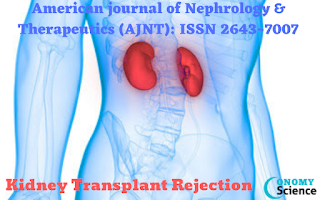Scientific Journal of Animal and Veterinary Science: Radiation Therapy for Dogs
ONOMY Science
Radiation Therapy for Dogs
Radiation can be used to
control pain in some pets. A dog is diagnosed with cancer, very
rarely is the aim of treatment an outright cure. Veterinarians usually try
to maximize the amount of time a dog can survive while enjoying a good quality
of life. Radiation Makes Cancer Cells Unable
To Reproduce. “The goals of radiation are to achieve the best possible tumor
control and to decrease negative effects of the tumor, such as pain, while sparing normal tissues, optimizing both
quality and quantity of life”. Pets have a range of weapons in their arsenal.
Alone or in conjunction with surgery and chemotherapy, radiation therapy is
useful for its ability to specifically target tumors.
Radiation can be broadly divided into two groups: electromagnetic and
particulate radiation. Whether you know it or not, you interact with
electromagnetic radiation every day. It consists of packets of energy, called
photons, with no mass or charge. Common examples include microwaves, visible
light, and radio waves.
Palliative radiation therapy (PRT). The goal
of this type of radiation treatment is not to completely eliminate a tumor
(although that sometimes does happen), but to reduce the adverse effect it is
having on a dog’s body. As tumors grow they often cause pain, may physically
block a part of the body from functioning adequately (e.g., the passage of
feces through the colon), and can bleed, all of which drastically reduce a
dog’s quality of life. Palliative radiation therapy can eliminate, or at least
reduce, all of these symptoms for a period of time.
Radiation fights cancer by
interacting with strands of DNA in cells, causing breakages that make the cell
unable to replicate, meaning a cancer cell can no longer divide to make two
daughter cells. When the damaged cell tries to divide, it collapses and is
cleared away by the body.
Radiation treatment in dogs has
been a lack of data regarding just how well it works. It’s hard for owners to
commit to the time and expense of PRT when hard data on their dog’s prognosis
is lacking.
Editorial Officer
ONOMY Science



Comments
Post a Comment